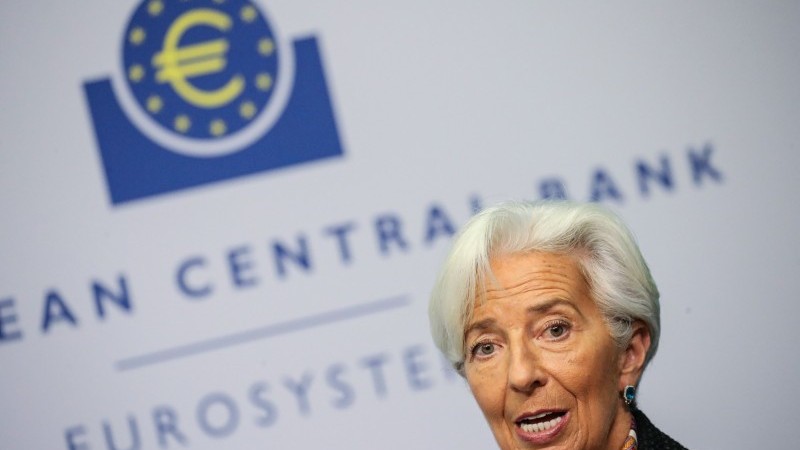Eurozone: The Welcome Appreciation Of The Euro
The recent strengthening of the euro exchange rate provides new arguments for the ECB to eventually step up its Pandemic Emergency Purchase Programme.

EUR at its highest level in two years
It is one of the more interesting summer themes in financial markets: the strengthening of the euro. Since May, the euro has gained almost 10% vis-à-vis the US dollar and is at the highest level in more than two years. The nominal effective exchange rate of the euro, however, has only appreciated by some 5% during the same period but is at its highest level in more than six years. Different strategies to tackle the virus on both sides of the Atlantic and the agreement on a European Recovery Fund seem to have given a nice tailwind to the euro (FXE).
As with every more abrupt movement of currencies, the recent strengthening also raises the question about its potential impact on the economy and possible policy reactions. Given that recoveries in the eurozone are often kick-started by net exports, a stronger euro could hamper any recovery going into the second half of the year and beyond; particularly as the strengthening comes at a time at which global trade continues to suffer and eurozone exporters are already being battered. Just think of the ongoing trade conflicts, Brexit uncertainty and dramatic loss of external demand due to the COVID-19 crisis, which has put pressure on supply chains. In these circumstances, it's not really surprising that European exporters have scaled back their perceived competitiveness in export markets. Should eurozone policymakers, and should the ECB worry?
Should the ECB worry?
When the ECB staff conducts the next round of macro projections in the coming days, the strengthening of the euro will not go unnoticed. The underlying technical assumption for the forecasts is this: keep exchange rates unchanged over the entire forecast horizon at their average level of the two weeks prior to the cut-off date for the forecasts. This should be the last week of August. If the euro maintains its current strength for the next three weeks, these technical assumptions will have to be revised significantly. Compared with the June forecasts, which had their cut-off date on 18 May, the bilateral euro-dollar exchange rate would be some 8% higher for 2021 and 2022. The nominal effective exchange rate would be some 4% higher than in the June forecasts.
According to traditional models, such changes in the exchange rate could lower both the inflation and growth forecasts by up to 0.4 pp over the next two years. However, latest ECB research shows that the impact could be much smaller and not more than 0.2 pp, basically giving a typical economist’s answer “it all depends”.
The impact of exchange rate moves on inflation, as well as growth, depends on the nature of the shock and many structural factors. Interestingly, and in our view highly policy-relevant, the ECB’s research also concludes that the more credibly and effectively monetary policy counteracts external inflationary pressures, the lower the pass-through of exchange rate movements will be. This means that at the moment, the stronger euro and a downward revision of inflation projections could give the ECB an additional argument to once more increase the size of PEPP, in order to extend it beyond mid-2021 within the coming months.
A stronger euro is another reason to step up domestic stimulus
In the eyes of many market participants, the euro can hardly ever please. When the euro weakens, it very often is a sign of fading confidence in the monetary union or simply a reflection of weak growth prospects. When the euro strengthens, it immediately poses a risk to the growth outlook.
Right now, given that the recovery is already mainly driven by domestic factors, it does not look as if its recent appreciation will significantly undermine the growth prospects of the eurozone. Export-oriented companies will clearly be more concerned with the impact of Covid-19 on their business models and general demand, rather than a stronger currency.
If anything, the stronger euro is an additional argument for policymakers to further support the domestic economy; that's something that is already happening given fiscal stimulus and accommodative monetary policy.



